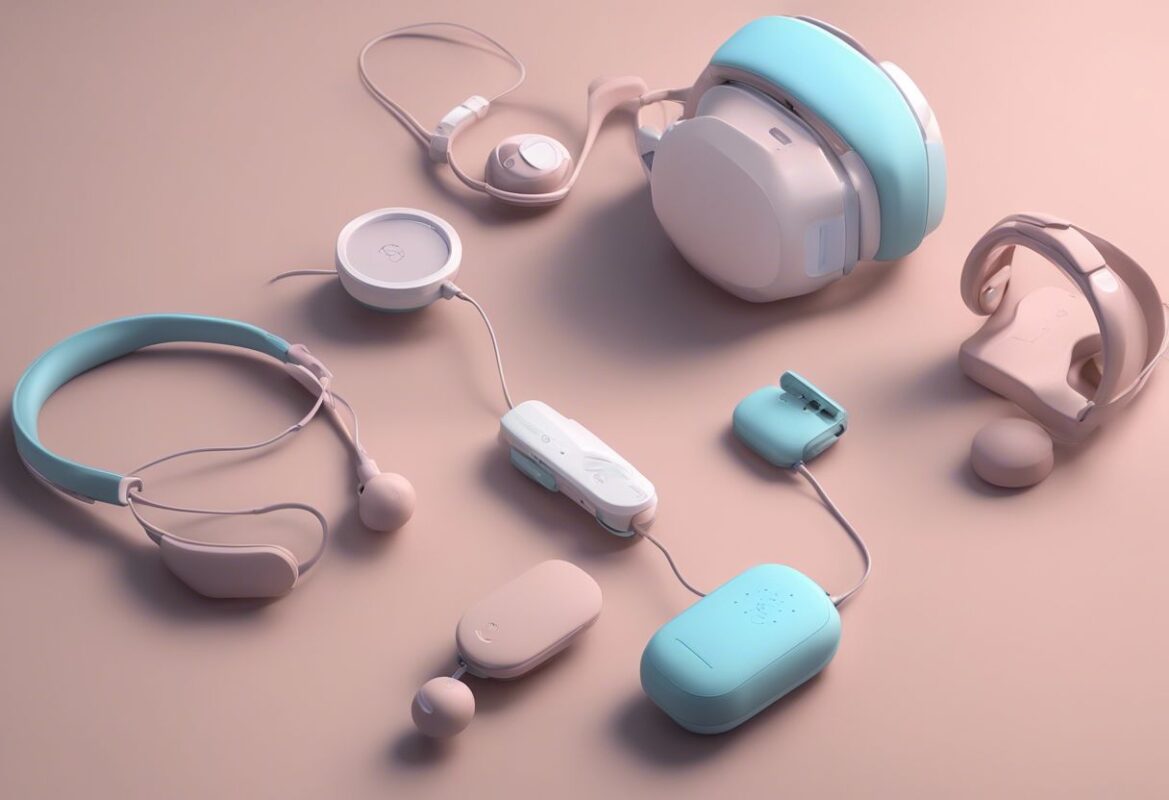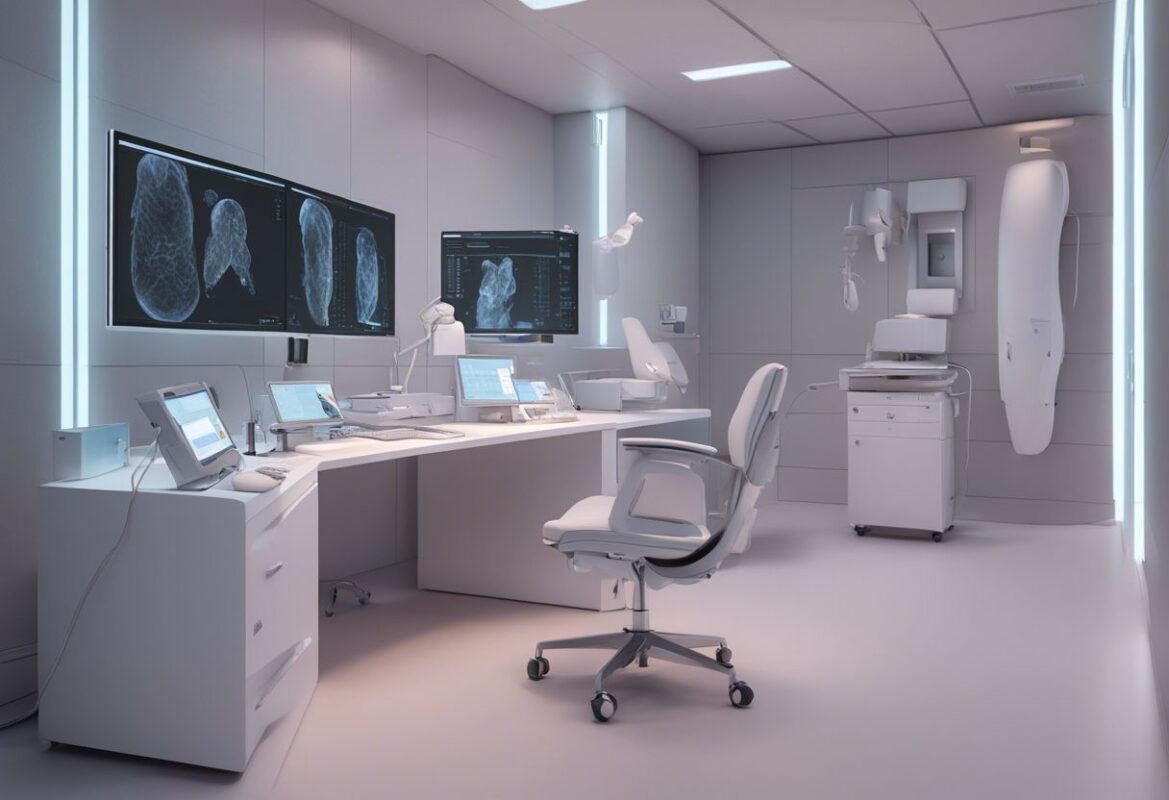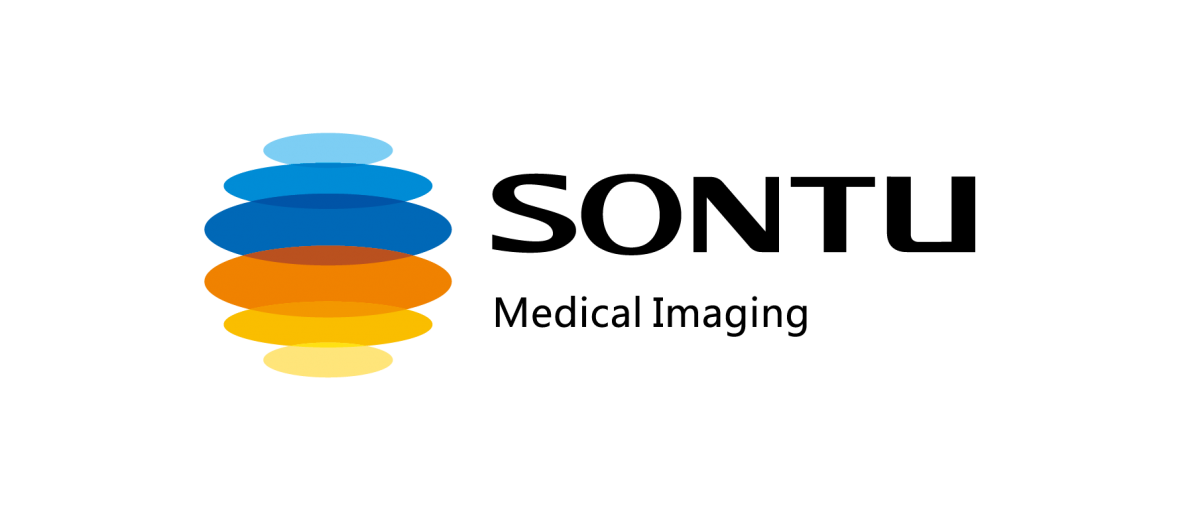Telehealth has revolutionized healthcare delivery, making medical services more accessible and convenient for patients while improving the efficiency and reach of healthcare providers. With the rapid advancement of technology and the increasing demand for remote healthcare services, telehealth is poised to become a cornerstone of modern medicine. This comprehensive post explores the latest advancements in telehealth, their applications, benefits, and future trends that are shaping the healthcare landscape.
Understanding Telehealth
Telehealth encompasses a broad range of technologies and services to provide patient care and improve the healthcare delivery system as a whole. It includes video consultations, remote patient monitoring (RPM), mobile health apps, and electronic health records (EHRs) integration, allowing for comprehensive and continuous care outside traditional clinical settings.
Key Components of Telehealth
- Video Consultations: Real-time, face-to-face interactions between patients and healthcare providers via video conferencing.
- Remote Patient Monitoring (RPM): Continuous collection and transmission of health data from patients to healthcare providers.
- Mobile Health Apps: Smartphone applications that assist in managing health conditions, medication adherence, and lifestyle tracking.
- Electronic Health Records (EHRs): Digital records that store patients’ health information and history, accessible to both patients and healthcare providers.
Advancements in Telehealth
1. Integration with Artificial Intelligence (AI)
Overview
AI is enhancing telehealth by providing predictive analytics, automated decision support, and personalized care plans. AI algorithms can analyze vast amounts of data to identify patterns and suggest optimal treatment paths.
Key Features
- Predictive Analytics: AI can predict health events such as disease outbreaks or patient deterioration, allowing for timely interventions.
- Automated Decision Support: AI systems provide healthcare providers with evidence-based recommendations, improving diagnosis and treatment accuracy.
- Personalized Care Plans: AI tailors treatment plans based on individual patient data, ensuring more effective and personalized care.
Benefits
- Improved Outcomes: Enhanced accuracy and timely interventions lead to better health outcomes.
- Efficiency: Streamlined workflows and reduced burden on healthcare providers.
- Personalization: Tailored treatments that consider individual patient needs and conditions.
2. Advanced Wearable Devices
Overview
Wearable health devices have evolved from simple fitness trackers to sophisticated health monitors capable of tracking a wide range of health metrics in real-time.
Key Features
- Continuous Monitoring: Devices monitor heart rate, blood pressure, glucose levels, and more, providing continuous health data.
- Data Integration: Seamless integration with telehealth platforms and EHRs for comprehensive patient monitoring.
- Real-Time Alerts: Immediate notifications to patients and healthcare providers in case of abnormal readings.
Benefits
- Proactive Care: Continuous monitoring enables early detection of health issues, leading to proactive care.
- Convenience: Patients can manage their health more effectively from the comfort of their homes.
- Engagement: Increased patient engagement and adherence to treatment plans.
3. Enhanced Cybersecurity Measures
Overview
With the growing use of telehealth, ensuring the security and privacy of patient data has become paramount. Advanced cybersecurity measures are being implemented to protect sensitive health information.
Key Features
- Data Encryption: Securing data transmission and storage with advanced encryption techniques.
- Access Control: Implementing robust authentication and authorization protocols to ensure that only authorized personnel can access patient data.
- Continuous Monitoring: Real-time monitoring and threat detection to prevent cyberattacks and data breaches.
Benefits
- Trust: Enhanced security builds trust between patients and healthcare providers.
- Compliance: Meeting regulatory requirements such as HIPAA and GDPR.
- Protection: Safeguarding sensitive patient information from cyber threats.
4. Telepharmacy
Overview
Telepharmacy leverages telehealth technology to provide pharmaceutical care remotely. This includes medication counseling, prescription verification, and chronic disease management.
Key Features
- Remote Consultations: Patients can consult with pharmacists via video calls for medication advice and counseling.
- E-Prescriptions: Electronic prescriptions that can be sent directly to pharmacies for fulfillment.
- Medication Management: Remote monitoring of medication adherence and management of chronic conditions.
Benefits
- Accessibility: Improved access to pharmaceutical care, especially in rural and underserved areas.
- Convenience: Patients receive timely medication advice and prescriptions without needing to visit a pharmacy.
- Adherence: Enhanced medication adherence through continuous monitoring and support.
5. Virtual Reality (VR) and Augmented Reality (AR) in Telehealth
Overview
VR and AR technologies are being integrated into telehealth to provide immersive and interactive healthcare experiences. These technologies are used for medical training, patient education, and therapeutic interventions.
Key Features
- Medical Training: VR simulations for training healthcare providers in complex procedures and emergency scenarios.
- Patient Education: AR overlays that help patients understand their conditions and treatment plans.
- Therapeutic Interventions: VR environments for physical therapy, pain management, and mental health treatments.
Benefits
- Engagement: Interactive and immersive experiences enhance patient and provider engagement.
- Education: Improved understanding and knowledge retention for both patients and healthcare providers.
- Therapy: Innovative therapeutic approaches that can be conducted remotely.
Benefits of Telehealth
Improved Access to Care
Telehealth removes geographical barriers, providing access to healthcare services for patients in remote and underserved areas. This ensures that more patients receive timely and appropriate care.
Enhanced Patient Engagement and Satisfaction
Telehealth empowers patients to take an active role in their health management. The convenience and flexibility of remote consultations and continuous monitoring lead to higher patient satisfaction and better adherence to treatment plans.
Cost-Effective Healthcare Delivery
By reducing the need for in-person visits, telehealth lowers healthcare costs for both providers and patients. Preventive care and early intervention further reduce the financial burden by minimizing hospitalizations and emergency room visits.
Better Health Outcomes
Continuous monitoring and real-time data analysis enable healthcare providers to make informed decisions quickly. Early detection of potential health issues allows for prompt intervention, improving patient outcomes.
Flexibility for Healthcare Providers
Telehealth provides healthcare providers with the flexibility to manage their schedules more efficiently. It allows them to reach more patients and provide care without the constraints of traditional office hours.
Future Trends in Telehealth
Integration with AI and Machine Learning
- Innovation: AI and machine learning will continue to enhance telehealth by providing predictive analytics, personalized care plans, and automated decision support.
- Impact: Improved diagnostic accuracy, proactive care, and tailored health interventions.
Expansion of 5G Technology
- Innovation: The widespread adoption of 5G will enable faster and more reliable data transmission, enhancing the quality of video consultations and real-time data sharing.
- Impact: Improved remote monitoring capabilities and patient experiences.
Advanced Wearable Technologies
- Innovation: Development of more sophisticated wearable devices that monitor a broader range of health metrics.
- Impact: Comprehensive health tracking and early detection of a wider array of conditions.
Enhanced Cybersecurity Measures
- Innovation: Implementation of advanced encryption and security protocols to protect patient data.
- Impact: Increased patient trust and compliance with regulatory standards.
Virtual Reality (VR) and Augmented Reality (AR)
- Innovation: Expanded use of VR and AR for medical training, patient education, and therapeutic interventions.
- Impact: Enhanced patient and provider engagement and innovative therapeutic approaches.
Conclusion
Telehealth is revolutionizing healthcare by improving access, enhancing patient engagement, and enabling cost-effective, real-time care. With advancements in AI, wearable technologies, cybersecurity, telepharmacy, and immersive VR and AR experiences, telehealth is poised to become an integral part of modern medicine. As technology continues to evolve, the future of telehealth promises even greater innovations, ensuring better health outcomes and improved quality of life for patients worldwide. By embracing these advancements, healthcare providers can deliver superior care, making healthcare more accessible, efficient, and patient-centered.








































